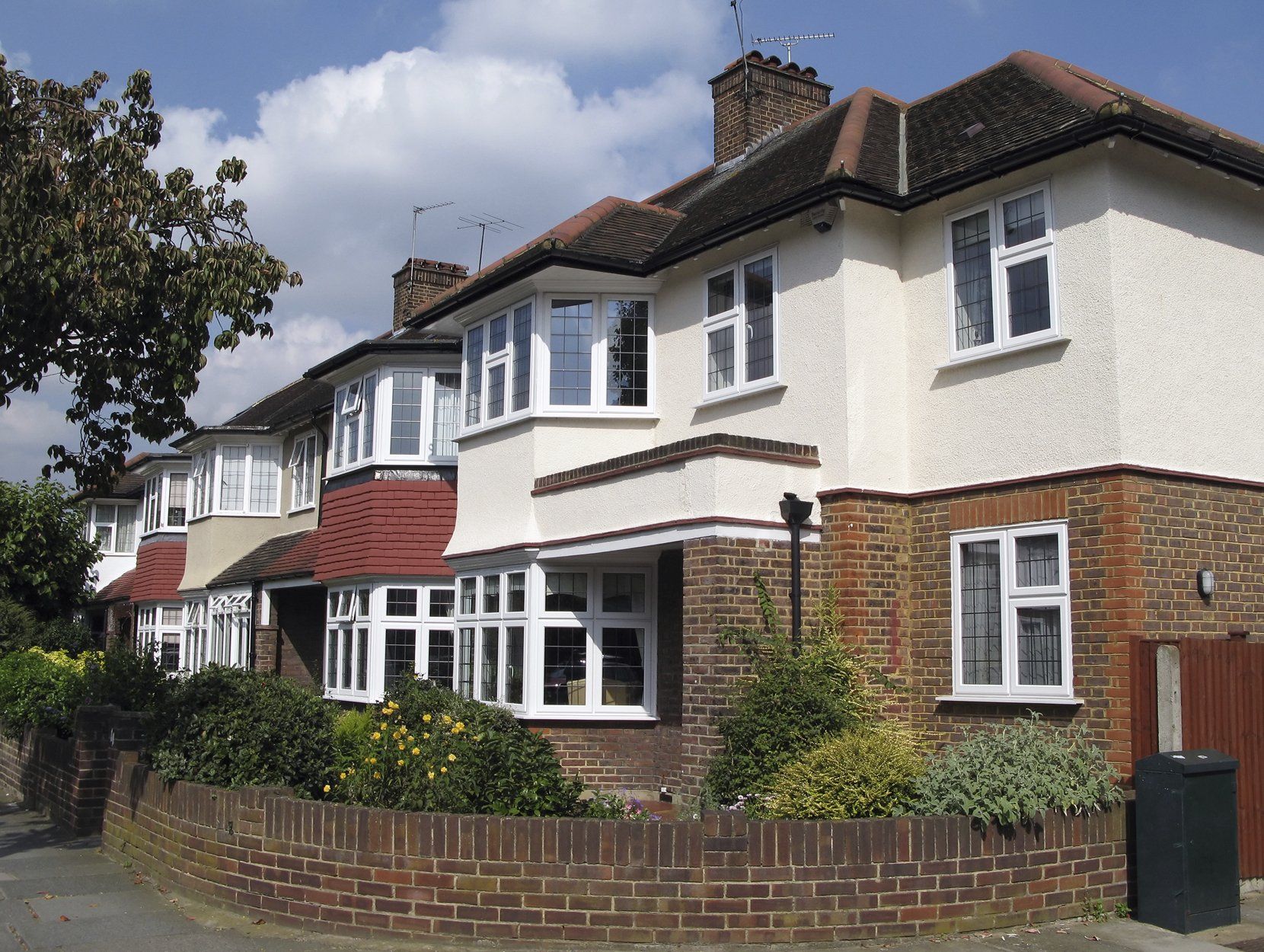Priced Out
Affordability of house prices and rents worsening

Housing affordability in the UK has become increasingly challenging over the past two decades, affecting millions of households across the country. Rising house prices, escalating rents and relatively stagnant income growth have combined to create significant barriers to homeownership and financial stability.
Buying and renting has become less affordable
Since the late 1990s, the average price of a home in England and Wales has quadrupled, increasing from around £70,000 in 1998 to nearly £290,000 by 2024. In contrast, average incomes have grown far more modestly, resulting in a substantial widening of the affordability gap. By 2024, the median house-price-to-income ratio in England had risen to approximately 7.7, compared to around 4.5 two decades ago. However, these national averages obscure significant regional variations. In London, affordability is especially severe, with house prices frequently exceeding twelve times median local incomes, whereas in northern regions like Yorkshire and the North East, the ratio typically remains around five.
In parallel with soaring property prices, the private rental sector has also seen substantial increases. Over the past ten years, average rents in the UK have risen by nearly 46%, from around £924 per month to approximately £1,344 by mid-2025. Renters, particularly those in lower-income brackets, now spend a disproportionate share of their earnings on housing costs—often over 60% of their monthly income. Again, London renters face the harshest conditions, spending an average of nearly half their income on rent.
Government policy
These affordability pressures have significantly reshaped the UK's housing tenure landscape. Homeownership rates have notably declined, particularly among younger adults. In 2003, approximately 71% of UK households owned their home; by 2018, this had fallen below 64%. For young adults aged 16–29, homeownership dropped even more dramatically, from 21% in 1995 to around 10% today, pushing many into expensive and insecure rental situations.
Government policy over recent decades has attempted to address these challenges, yet with mixed outcomes. Historic measures, such as the Right to Buy scheme, while successful in expanding homeownership initially, significantly reduced the availability of social housing and inadvertently contributed to the current shortage. Similarly, the Help to Buy scheme, introduced in 2013, aimed to assist first-time buyers through equity loans and mortgage guarantees but largely had the unintended consequence of inflating house prices further.
Need for supply side balance
Recent policies have shifted towards addressing the immediate pressures facing renters and prospective buyers. Measures such as tenant protections, including the abolition of no-fault evictions and the introduction of rent controls, aim to increase security within the private rental sector. The government’s new permanent mortgage guarantee scheme and relaxed lending guidelines from institutions like Nationwide also attempt to ease entry barriers for first-time buyers. Additionally, regional interventions, such as council-tax premiums on second homes in parts of Wales, reflect attempts to manage local affordability crises.
In relation to the supply side, the government is committed to building 1.5m new homes by 2029. In addition, £39 billion has been allocated for the Social and Affordable Homes programme that could see 200,000 new social and affordable homes built. Some commentators, while welcoming the investment and targets, question whether this will be sufficient to make an impact on the scale of the affordability crisis especially as the Office for Budget Responsibility recently warned that housebuilding will fall short of target by about half a million new homes.
To meaningfully improve housing affordability, the UK government will need prioritise boosting housing supply, particularly affordable and social housing, implement effective planning reforms and strategically address regional disparities. Without comprehensive action tackling both supply and systemic inequalities, housing affordability will remain a severe challenge, perpetuating financial insecurity and intergenerational inequality for many years to come.










